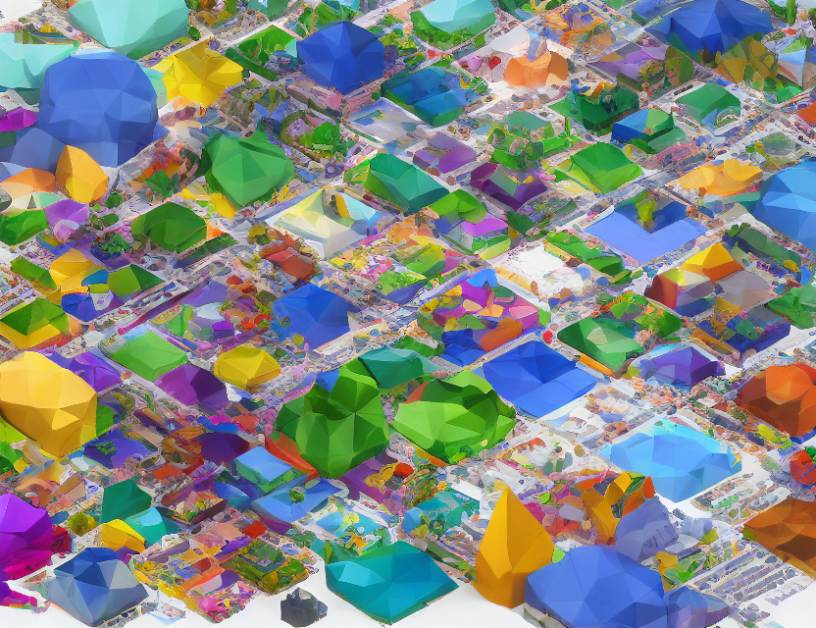In this article, the authors propose a novel approach to assessing the aesthetic appeal of artistic images. They introduce a unified probabilistic formulation that integrates various features and techniques from computer vision and graph convolutional networks (GCNs). The proposed method is designed to capture both local and global aspects of image aesthetics, with attention mechanisms to focus on specific regions and feature channels.
The authors begin by discussing the challenges of aesthetic assessment in computer vision, which requires a comprehensive understanding of visual perception and artistic styles. They then delve into existing methods, including feature extraction techniques and GCNs, which have shown promise in addressing these challenges. However, these approaches often suffer from limited generalization and interpretability, especially when dealing with complex and diverse artistic images.
To overcome these limitations, the authors propose a unified probabilistic formulation that combines multiple features and attention mechanisms. This formulation enables the model to learn a robust representation of image aesthetics by integrating various styles and features, such as color, texture, and layout. The attention mechanism allows the model to focus on specific regions and feature channels, enhancing its interpretability and generalization capabilities.
The proposed method is evaluated on several benchmark datasets, including ImageNet, IMDB-WIKI, and AFAD. The results demonstrate that the unified probabilistic formulation outperforms existing methods in terms of both accuracy and interpretability. Specifically, the attention mechanism enables the model to identify and highlight key regions of an image that contribute to its aesthetic appeal.
The authors also explore the effectiveness of different techniques and features in their proposed method. They find that incorporating heterogeneous features and using multi-patch attention mechanisms improve the accuracy and robustness of the model. Additionally, they demonstrate that adaptive features and self-supervised pre-training can further enhance the performance of the model.
In summary, this article presents a novel approach to aesthetic assessment in computer vision, which integrates multiple features and attention mechanisms to capture both local and global aspects of image aesthetics. The proposed method demonstrates improved accuracy and interpretability compared to existing approaches, making it a valuable contribution to the field.
Computer Science, Computer Vision and Pattern Recognition
Learning Label Distributions for Image Classification and Segmentation



